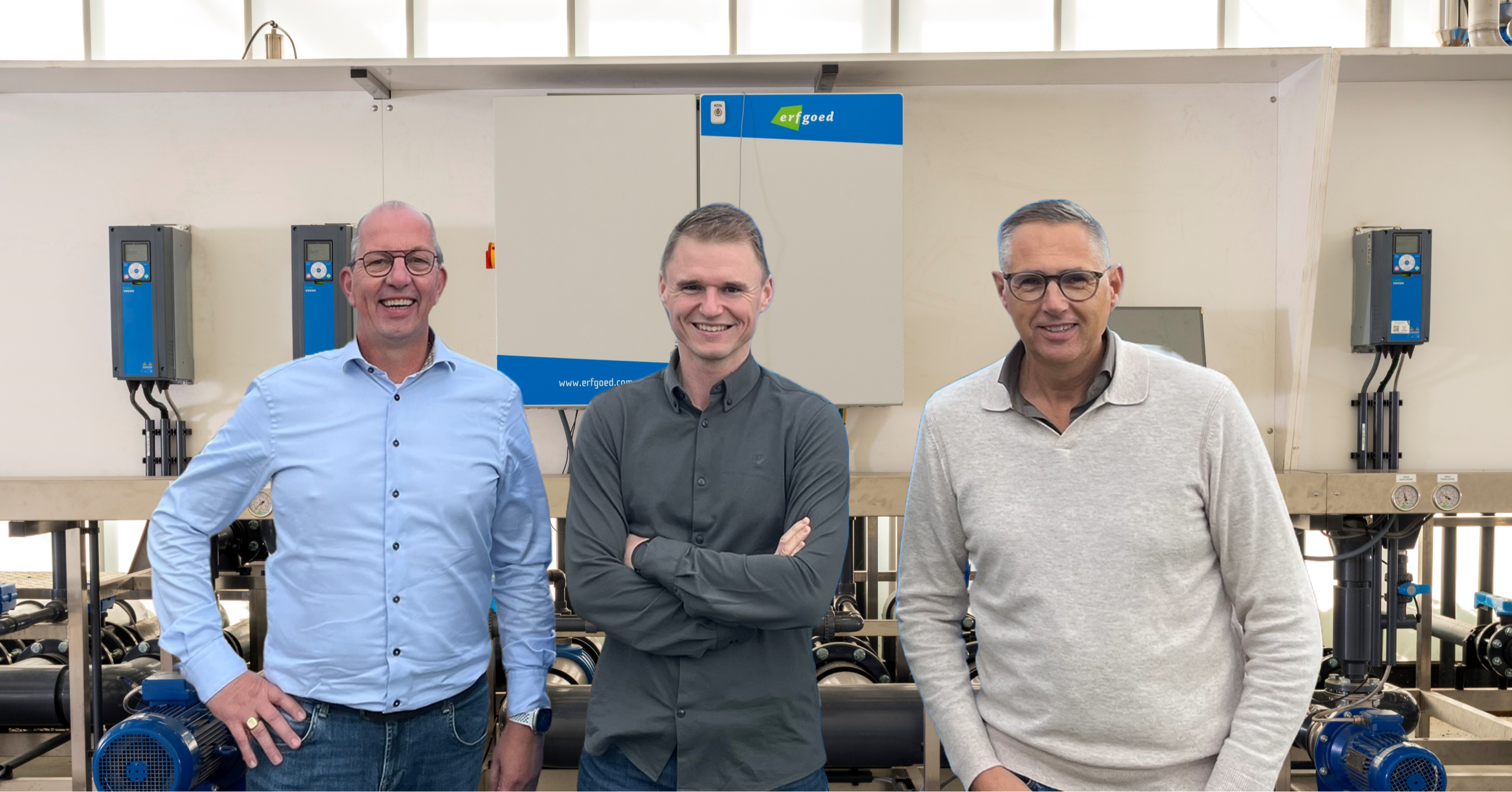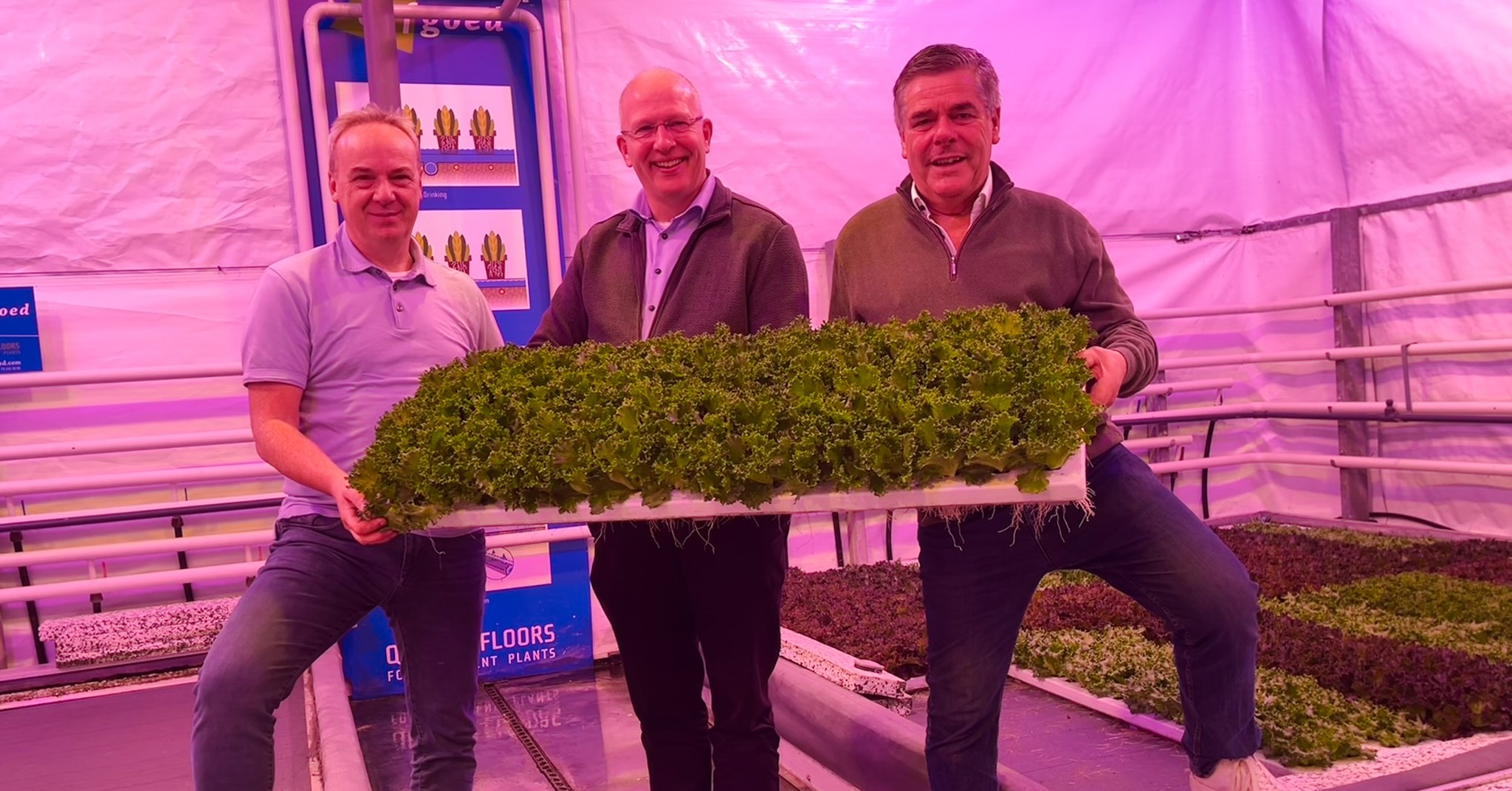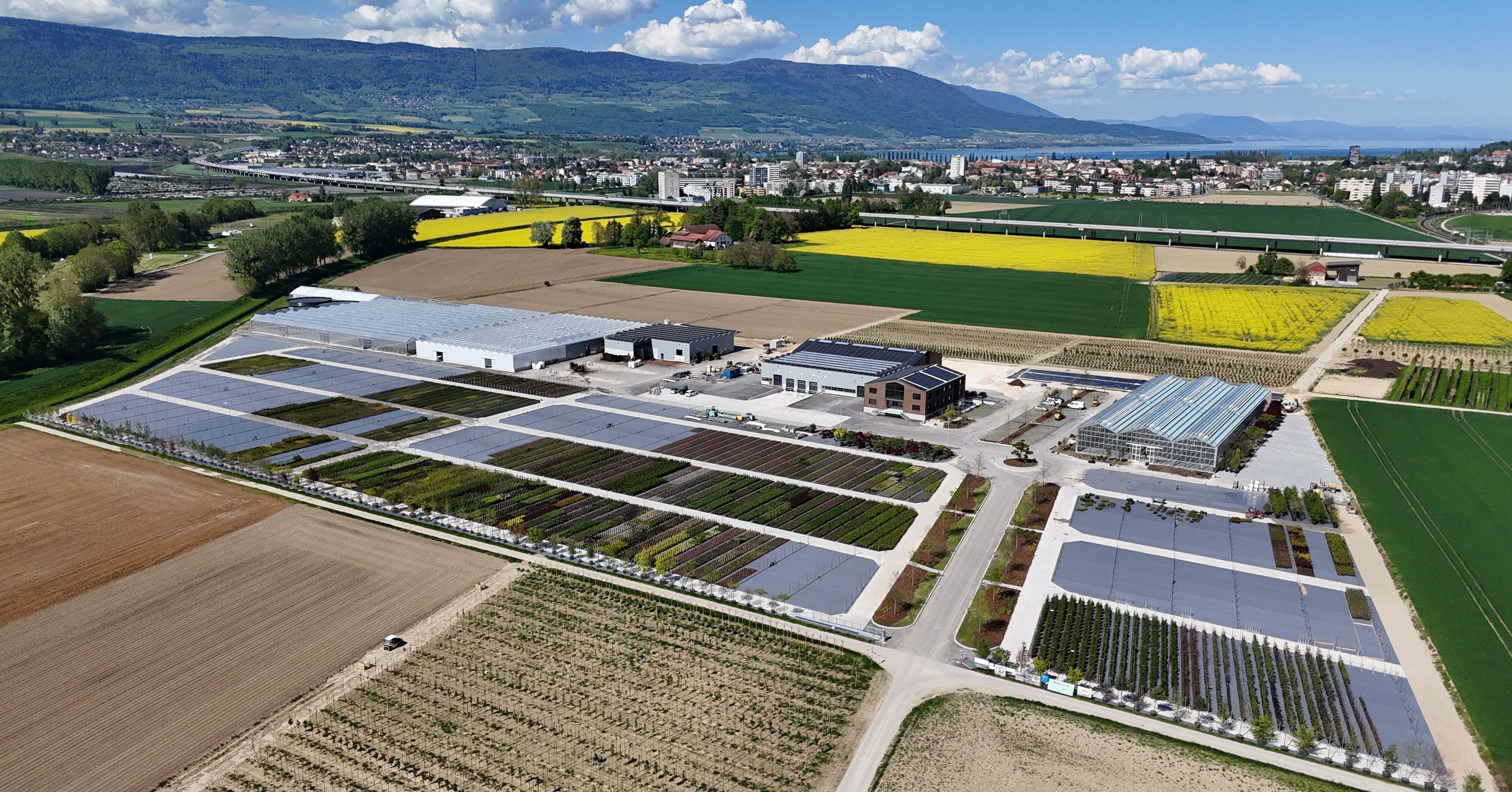- Prefer direct contact? +31 (0)79 593 38 00
- Language: English
Greenhouse floors: Concrete floor versus ErfGoedFloor [12 points]
![Greenhouse floors: Concrete floor versus ErfGoedFloor [12 points]](https://www.erfgoed.com/hubfs/concrete-1.png)
Greenhouse floors: Concrete floor versus ErfGoedFloor [12 points]
Feb 3, 2023 11:45:25 AM
Do you plan to build a new greenhouse or take over an existing operation? Or are you currently experiencing too much failure? Does it sometimes frustrate you that your crop is not growing and maturing uniformly? Ultimately, you want to produce quality plants to make the world a little more beautiful.
The floor is an important factor in minimizing failure. There are plenty of options. For example, you can choose a concrete floor, or you can select an ErfGoedFloor Excellent. Here we compare both floors on twelve points to help you choose the right one. As a result, you will know what points to look out for to make the right choice.
Greenhouse flooring Concrete floor versus ErfGoedFloor
Listed below are the 12 most important points between a concrete floor and an ErfGoedFloor:
- Speed at which the water rises
- Drainage of the floor
- Collection and reuse of water
- Disinfection of water and floor
- Drainage effect of the floor
- Control of microclimate in the greenhouse
- UV resistance
- Intern logistics/automatization
- Oxygen supply to the plant
- The floor as storage
- Cost
- Sustainability
1. Speed at which water rises
A concrete floor generally fills up faster with water; in a relatively short period of time, the plants are watered. With an ErfGoedFloor Excellent, this takes longer. This is because the water first fills the thin underlayment with water, after which it rises evenly. As a result, twenty percent more water is needed. On the other hand, with a cultivation floor, you need to water less often during the summer months. This is because the floor is cooler, and the humidity is higher.
2. Drainage of the floor
With an ErfGoedFloor, all plants receive the same amount of water and fertilizer for the same period of time. After the plants have been sufficiently watered, the water runs straight down through the top surface into the gravel layer. With a concrete floor, the water flows to the drainage pit. As a result, plants near this pit receive more water than other plants, which makes growing uniform plants difficult. There is also less uniform flowering.
3. Collection and reuse of water
Both concrete floors and ErfGoedFloor are liquid-closed systems where all water is collected. This ends up in a basin or silo, from which water is pumped back up (filtered and supplemented) for reuse.
4. Disinfection of water and floor
In the case of a concrete floor, the drain water from the floor flows through a sieve and is thus filtered. In the case of an ErfGoedFloor Excellent (cultivation floor), the water is filtered through the cloths and rock that make up the floor. The water can then be disinfected. Both concrete and an ErfGoedFloor can be disinfected by adding a disinfectant to the water.
5. Drainage effect of the floor
With an ErfGoedFloor, excess hanging water can drain out of the pot via capillary action. This keeps the pot moist but allows sufficient oxygen to reach the roots. Plants on a concrete floor leave water behind, which can be seen in the video below. This allows fungal diseases such as Pythium and Phytophthora to develop.
6. Microclimate control in the greenhouse
A major advantage of an ErfGoedFloor over a concrete floor is the fact that it has a cooling function. With an ErfGoedFloor, it is, in fact, possible to put a layer of water in the floor. This keeps the plants cool even in summer, which benefits growth. Read more about this in this article.
A concrete floor does not have this functionality. Instead, the concrete floor gives off heat, creating a dry climate that has a detrimental effect on plant growth.
Even in cold periods, the greenhouse temperature can be affected by the floor. It is possible to install underfloor heating in both concrete and cultivation floors.
7. UV resistance
A concrete floor will last for many years. Growers sometimes have doubts about the lifespan of the fabric with an ErfGoedFloor. Irradiation could reduce the life of some fabrics. At ErfGoed, we test the lifespan of the fabric in a laboratory. By doing this, we can guarantee that the cloth in the greenhouse will last at least ten years and, in practice, even longer. It is also easy to replace the fabric after that time.
8. Intern logistics/automatization
A concrete floor is easy to drive on with any means of transport, which is an advantage. An ErfGoedFloor is perfectly passable with a forklift truck with double pneumatic tires. ErfGoed is currently investigating the possibility of installing plates in the floor so that Danish carts can be driven over it.
In addition, there are alternatives for internal transport. For example, you can use Trolley Tracks or conveyor belts.
9. Oxygen supply to the plant
With a concrete floor, it is not possible to supply oxygen to the plant from below. This is different with the ErfGoedFloor, which has a layer of gravel under the top cover. This allows the floor to "breathe" and provides the plant with more oxygen from below. This results in a resilient plant with a healthy root system. ErfGoed is also working on a practical trial to aerate the plants from below. This makes the climate even more controllable.
10. The floor as storage
A concrete floor is preferable if you want to use the floor in the winter months as storage for materials. An ErfGoedFloor does not lend itself to this. This floor is meant for cultivation and creating the right growing conditions for the plant.
11. Cost
An ErfGoedFloor is generally cheaper than a concrete floor. If you are making a cost comparison between the two floors, please also consider the cost of the piping under the floor in both cases.
12. Sustainability
The subject of sustainability, in this case, relates to emissions, the production process of the required materials, and the possibility of reusing materials. The main difference between the ErfGoedFloor and the concrete floor is the possibility of reusing materials. Reuse of concrete is possible but not sustainable. The materials of an ErfGoedFloor can be reused separately.
More information about concrete floors, ErfGoedFloor, and other substrates?
We understand that you are looking for results. As you read, a floor has a lot of effect on the results. We have put out in a pdf our 60 years of experience with substrates. Take a look at the comparisons and choose which substrate suits you best. Would you prefer to contact us directly? Then please fill in the form here.
Make an educated choice for your next floor so that you will soon have excellent quality plants, uniform growth, and low failure rates. As a first step, download the white paper below. More questions about Greenhouse flooring? Check this page with all the answers.





